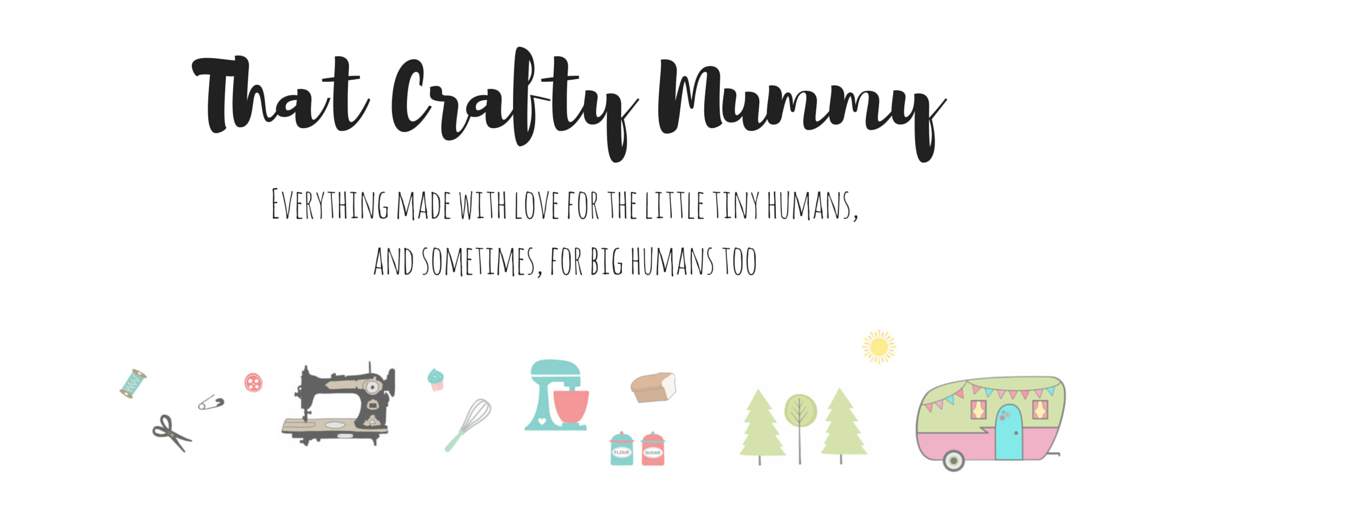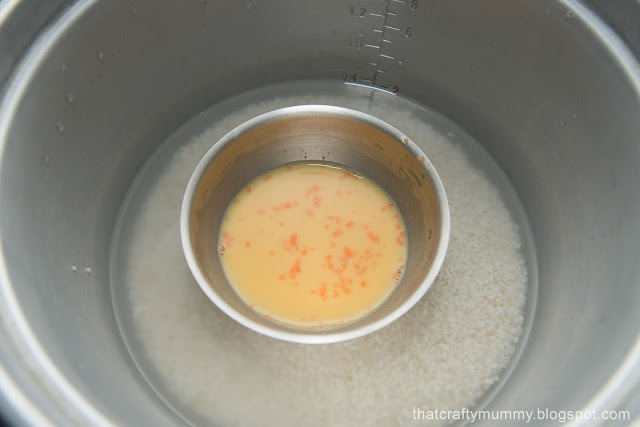Today I'm going to share how I do my starfish and seashell tic-tac-toe page. Word of caution before I start: this page is very time consuming, you'll need plenty of patience to sew five starfish and five seashell for the game to work. If you are ready to take the challenge, read on!
1. Draw and cut templates. Ten pieces of starfish and ten piece of seashell is needed. Yes, that's right, a total of twenty cut outs! Don't go OMG just yet, it gets more tedious as you start sewing! *laughs*
2. This time around, I add stuffing so that tiny hands can hold them more easily. Stuffings were added as I blanket stitched around the front and the back of the starfish. It is not advisable to delay stuffing until you have almost complete sewing because the small size makes the process more difficult. Repeat until you get five starfish. Add googly eyes with a glue gun.
3. I used back stitch to create a swirl in front of the seashell.
4. Likewise, add stuffings as you blanket stitch the front and the back of the seashell. Repeat to get five seashell.
5. Voile! Five starfish and five seashell finally ready after N hours of stitching! Haha, just kidding, you don't actually need hours and hours of stitching. It gets easier when you get the hang of hand-stitching.
6. Cut four strips of 1cm wide felt. The length is up to you. My page is 25cm x 25cm and my strips are 19cm long.
7. Glue it onto the page.
8. Attach velcro to the starfishes, seashells, and the page using a glue gun.
Let's play tic-tac-toe! Now, you might wonder where to keep that extra one piece of starfish or seashell. Look out for my next post!



















































